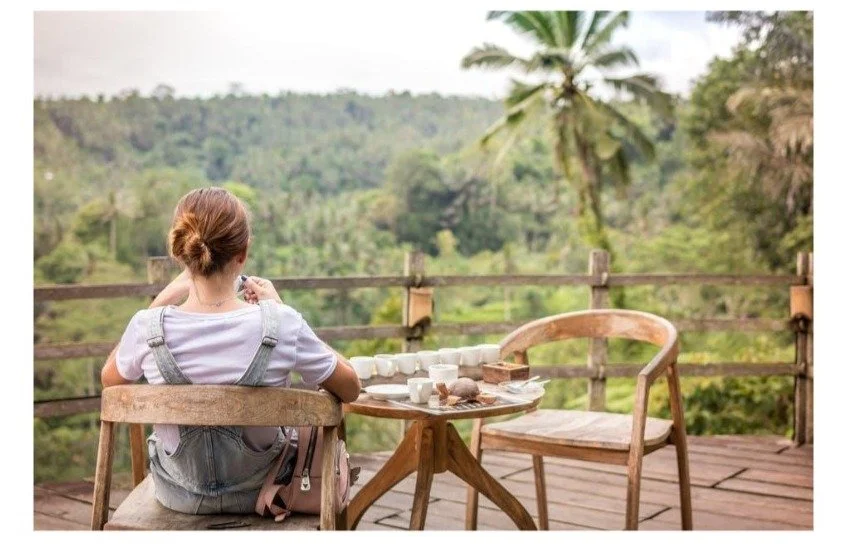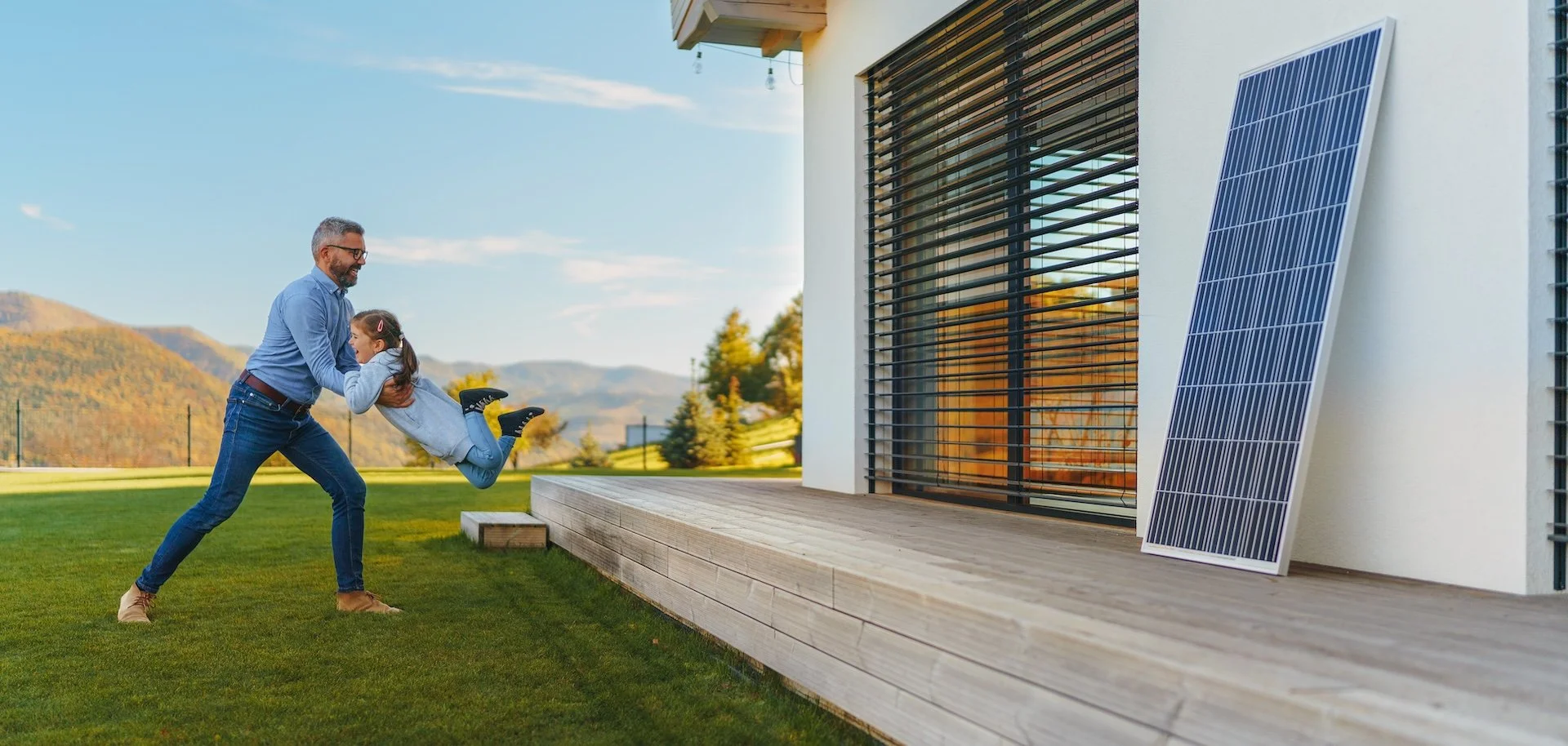Custom Deck Building for Beautiful and Functional Outdoor Areas
A well-designed deck can serve multiple purposes, from entertaining guests to providing a private retreat for relaxation. With custom deck building, you can tailor every aspect of the deck to suit your unique requirements and style.
Understanding the various elements that contribute to optimal deck design will help you achieve aesthetic appeal and functionality. Let’s delve into essential factors to consider when embarking on a custom deck-building project for an exceptional outdoor area.
Understanding Your Space
Before diving into the deck-building process, evaluate the available space. Gauge the dimensions, orientation, and features of your outdoor area. Factors such as sunlight exposure and views can significantly impact deck design. Is your yard level, or does it have uneven terrain? Understanding the topography helps determine if you need a multi-level design or a simple single-level deck. You should also consider existing landscape features, such as trees and shrubs, that may enhance or hinder your deck experience.
If your goal is to enjoy the outdoors, be sure to prioritize a layout that maximizes your view and sunlight. Now that you have mapped out your space, plan how your deck will function. Will it primarily host gatherings, or will it be a relaxing nook for quiet reading? Because it takes time to build decking, you must know which materials and designs fit your expectations beforehand. Once you understand your space requirements, you can proceed with the next steps.
Selecting Suitable Materials
The materials you choose will heavily affect the look and durability of your deck. Wood has long been a popular choice for its natural beauty, but it requires regular maintenance to prevent rot and weathering. Pressure-treated lumber is a cost-effective option, while cedar and redwood offer more beauty and resistance to the elements.
Composite decking has gained popularity for its low-maintenance nature and environmental sustainability. Made from recycled materials, composite decking lasts longer than traditional wood without warping or splintering. Before taking the plunge, consider your climate and how it affects material performance.
Designing for Functionality
Functionality is a key aspect of custom deck design — your deck should cater to your lifestyle and needs. First, visualize how you will utilize the space. If entertaining is a priority, open space for seating and tables is ideal. An outdoor kitchen, grill area, or bar can elevate gatherings and improve functionality. If your aim is personal relaxation, consider adding built-in seating, a hammock, or a fire pit. Multi-purpose designs effectively use space and allow for various activities.
Think about the flow from your home to the deck space. Integration between indoor and outdoor areas creates a seamless transition and enhances usability. Easy access helps cater to various needs without hindrance so that your deck becomes a favorite gathering spot.
Incorporating Lighting and Electronics
Thoughtful lighting allows you to enjoy your deck after sunset, extending its usability into the evening hours. Opt for a combination of overhead lighting, such as pendant lights or chandeliers, along with ambient string lights. Task lighting near food preparation areas can improve safety and convenience when dining outdoors at night.
If you enjoy watching movies or listening to music outside, integrating sound systems or outdoor televisions can elevate your deck experience. Structuring your deck to accommodate wiring for speakers and outdoor appliances helps ensure a polished, efficient design. The purpose is to maintain a cohesive aesthetic throughout your deck for a unified look that enhances its overall appeal.
Landscaping Around Your Deck
Effective landscaping integrates your deck into the broader outdoor environment, creating a harmonious space. Choose plants that suit your region’s climate and fit within the overall design scheme. Regular maintenance of landscaping ensures a tidy appearance that complements your deck. Shrubs and flowers can provide privacy and wind protection while softening the deck edges.
In your plant selection, go for their mature size and how they will interact with the deck area. Pathways leading to the deck can enhance accessibility and invite guests to explore your outdoor oasis. Mulching beds around the deck prevents weed growth, making maintenance easier. Pay attention to seasonal changes as well — make sure that the landscape is always inviting and vibrant throughout the year.
Budgeting for Your Custom Deck
Most importantly, don’t forget to establish a realistic budget. Determine how much you can realistically invest in your project without compromising quality. Evaluate the costs associated with materials, labor, permits, and any additional features you want. Research various providers for quotes and compare services, ensuring you get the best deal within your budget. You might also want to allow for contingency funds, typically 10-20% of the total budget, for unexpected costs that often arise during construction.
Look into financing options to help manage project expenses if needed. Keep in mind that quality is paramount, as cheaper materials can lead to higher long-term costs due to maintenance or replacement. When you plan and allocate resources effectively, you can craft a stunning deck that meets your aspirations without financial strain.
Across the various elements of custom deck building, attention to detail ensures a successful and aesthetically pleasing outcome. Understanding your space, selecting suitable materials, designing for functionality, and thoughtful landscaping are all integral parts of the process. With the right planning, budget considerations, and integration of modern features, you can achieve the outdoor living area you’ve always dreamed of.










